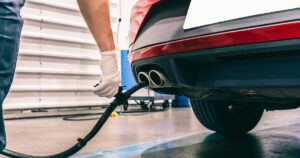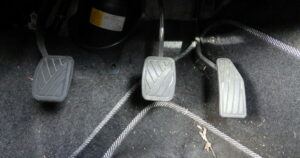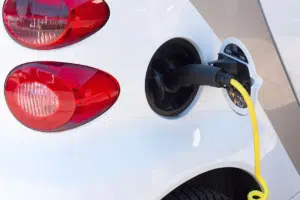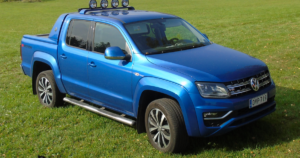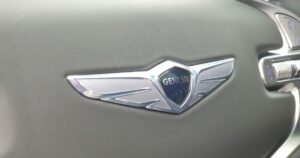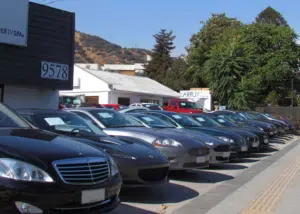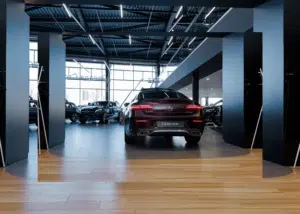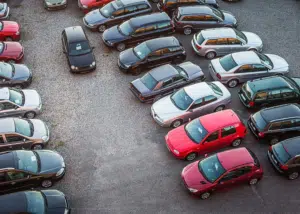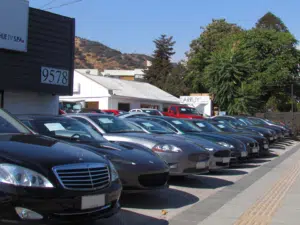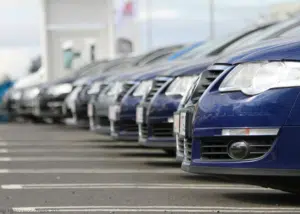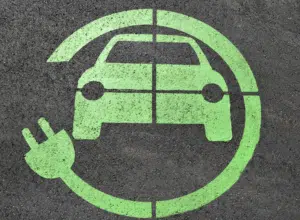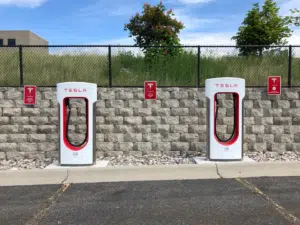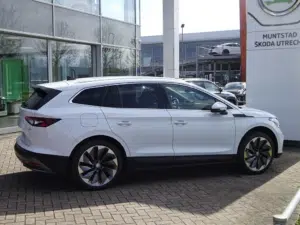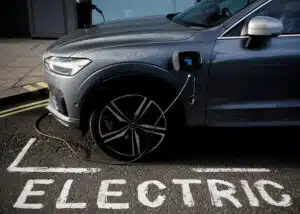With the new season beginning in March in Australia and finishing in December in Abu Dhabi, the Federation Internationale de l’Automobile has recently finalised some new aerodynamic regulations for the upcoming Formula 1 season. All aimed at making Formula 1 racing more competitive, it is thought the new rules will improve the on-track action and minimise the difficulty of following another car closely.
So what are the new rules changes for 2019?
The simplified and new front wing
The first change is in relation to the most aerodynamic piece on the car, the front wing. The front wing will now be wider, higher, and much more simplified. In doing this, it is thought that the wings height and increased width will help to chase drivers to follow the car in front more closely and therefore increase the possibility of overtaking. The ability to create an outwash effect from the front wing will also be diminished in an attempt to allow others to overtake as this is something which is thought to provide the following car with poor airflow.
New brake ducts
With regard to the brake ducts, these will be a much more simplified design and aim to reduce the aerodynamic exploitation. In today’s Formula 1 industry, brake ducts are rather complex and a lot of time and money is often spent on brake ducts and their structures. Brake ducts play an important role in terms of guiding oncoming airflow into the brakes, which reduces their temperature and also avoids overheating. This change is also thought to mean that less downforce reduction is needed when that area of the car is disturbed air, which is also something that could help drivers when following another car closely. Due to the 2019 changes, these complex aerodynamic devices are required to be removed.
Wider and deeper rear wing
The 2019 changes also mean that like the front wing, changes will also be made to the rear wing, which will be made wider and deeper, in an attempt to promote even closer racing. It should be highlighted that on their own, these changes will not have much of an effect apart from when at the tracks where maximum downforce is required in which more wing than the current maximum will be run. The height will be up by 20mm and the width by 100mm, meaning that the larger wing will create a bigger hole in the air.
Increased fuel allowance
Formula 1 drivers have previously used 105kg of fuel during races, however, this has now changed and drivers may now use 110kg. The previous fuel allowance has forced drivers to coast and get to the end of the race in an attempt to save fuel, as opposed to pushing for the entire race distance. Fuel-saving has always been something that Formula 1 has been keen to do something about and now with the new agreed increased 5kg allowance, this means that drivers will no longer have to worry about conserving fuel and will therefore be able to push harder.
Car and driver weight
Another change for 2019 is that a minimum weight for a driver will be mandated. This also means that the driver’s weight will now be considered separately to the car rather than a combined figure. The weight for a driver is now expected to be at 80kg, which means that if a driver weighs less than this, then a team will need to use ballast, which must be positioned in the immediate cockpit area, to bring them up to the minimum weight. This is also means that the driver no longer needs to be taken into account when a team finalises their car weight.












